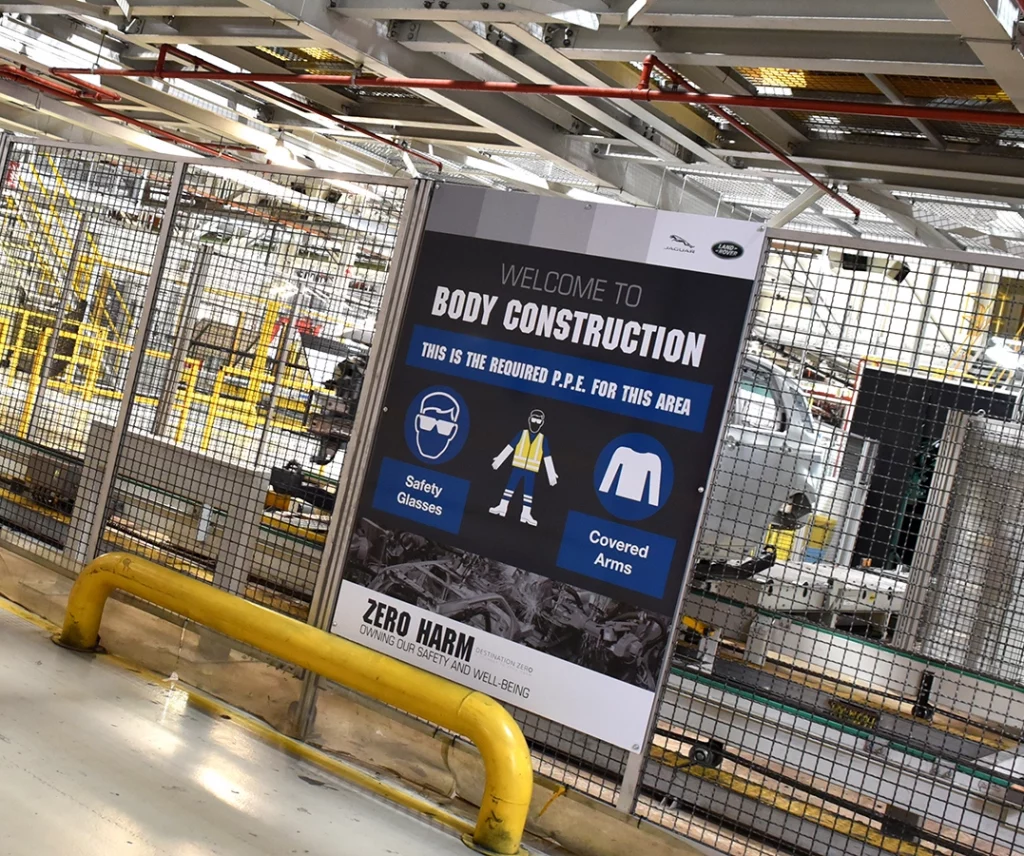The Power of Wall Signs
Wall signs are more than just decorative elements—they serve as powerful communication tools that convey important messages, enhance navigation, and reinforce branding within a space. From offices to retail stores, educational institutions to healthcare facilities, well-designed wall signs play a crucial role in creating a welcoming and organised environment. This article explores the benefits of wall signs and their versatile applications across various settings.
Communicating Essential Information
Wall signs are an effective way to communicate essential information to employees, visitors, and customers. Whether it’s indicating room names and numbers in an office building, providing directions in a hospital, or showcasing product information in a retail store, well-placed wall signs ensure that important messages are easily visible and accessible.
Enhancing Navigation and Wayfinding
In large facilities or buildings with multiple rooms and corridors, navigation can be challenging. Wall signs help visitors and employees navigate through the space with ease. Clear directional signs, room identification signs, and floor directories guide individuals to their destinations, reducing confusion and improving the overall user experience.
Reinforcing Branding and Identity
Wall signs are a powerful tool for reinforcing branding and identity within a space. By incorporating company logos, colours, and fonts into signage design, businesses can create a cohesive and professional atmosphere that reflects their brand values. Consistent branding across all wall signs helps strengthen brand recognition and instills confidence in customers and stakeholders.

Types of Wall Signs
1. Area Identification Signs
Area identification signs are essential for labeling offices, meeting rooms, classrooms, and other spaces within a building. These signs typically include room numbers or names and can be customised to match the overall aesthetic of the space.
2. Directional Signs
Directional signs help guide individuals to specific areas within a building, such as restrooms, exits, elevators, and stairwells. Arrows and clear text provide straightforward instructions, ensuring that visitors can navigate the space with ease.
3. Informational Signs
Informational signs convey important messages, such as safety instructions, regulatory compliance, or facility policies. These signs are often placed in high-traffic areas where they can be easily seen and read by everyone in the vicinity.
4. Promotional Signs
Promotional signs are used to advertise products, services, events, or promotions within a retail environment or commercial space. These signs can be strategically placed to attract attention and drive customer engagement.

Applications Across Various Settings
Offices
In office environments, wall signs help employees and visitors locate meeting rooms, offices, and common areas. Customised signage featuring company branding reinforces the organisation’s identity and creates a professional atmosphere.
Retail Stores
In retail settings, wall signs guide customers to different departments, highlight promotions or sales, and provide product information. Eye-catching signage helps draw attention to specific areas of the store and encourages impulse purchases.
Educational Institutions
In schools, colleges, and universities, wall signs assist students, faculty, and visitors in navigating campus buildings. Clear signage indicating classrooms, lecture halls, libraries, and administrative offices facilitates smooth movement throughout the campus.
Healthcare Facilities
In hospitals, clinics, and medical offices, wall signs play a crucial role in guiding patients, visitors, and staff to various departments, treatment rooms, and amenities. Accessible signage improves patient experience and reduces anxiety during hospital visits.
Warehouses and Manufacturing Facilities
In warehouses and manufacturing facilities, wall signs are essential for organising space, guiding personnel, and ensuring safety. Signs indicating storage areas, equipment zones, and safety protocols help streamline operations and prevent accidents. Clear and visible signage is particularly critical in these environments, where large spaces and machinery pose unique challenges.

Design Considerations
When designing wall signs, several factors should be taken into account to ensure their effectiveness:
- Visibility: Signs should be easy to read from a distance and in various lighting conditions.
- Contrast: Use high-contrast colours to enhance readability and visibility.
- Placement: Position signs at eye level and in locations where they are easily seen by the intended audience.
- Durability: Choose durable materials that can withstand wear and tear, especially in high-traffic areas.

Conclusion
Wall signs are invaluable tools for enhancing communication, navigation, and branding within any space. Whether it’s guiding visitors through a hospital, helping shoppers find their way in a retail store, or reinforcing company identity in an office, well-designed wall signs play a crucial role in creating a positive and memorable experience. By investing in high-quality signage that is visually appealing, informative, and on-brand, businesses can create environments that are both functional and welcoming.
For high-quality, customisable wall signs that meet your specific needs, visit our website. Our extensive range of signage solutions is designed to help you communicate effectively, enhance navigation, and reinforce branding within your space. Explore our selection today and discover how we can help you elevate your environment with wall signs.






